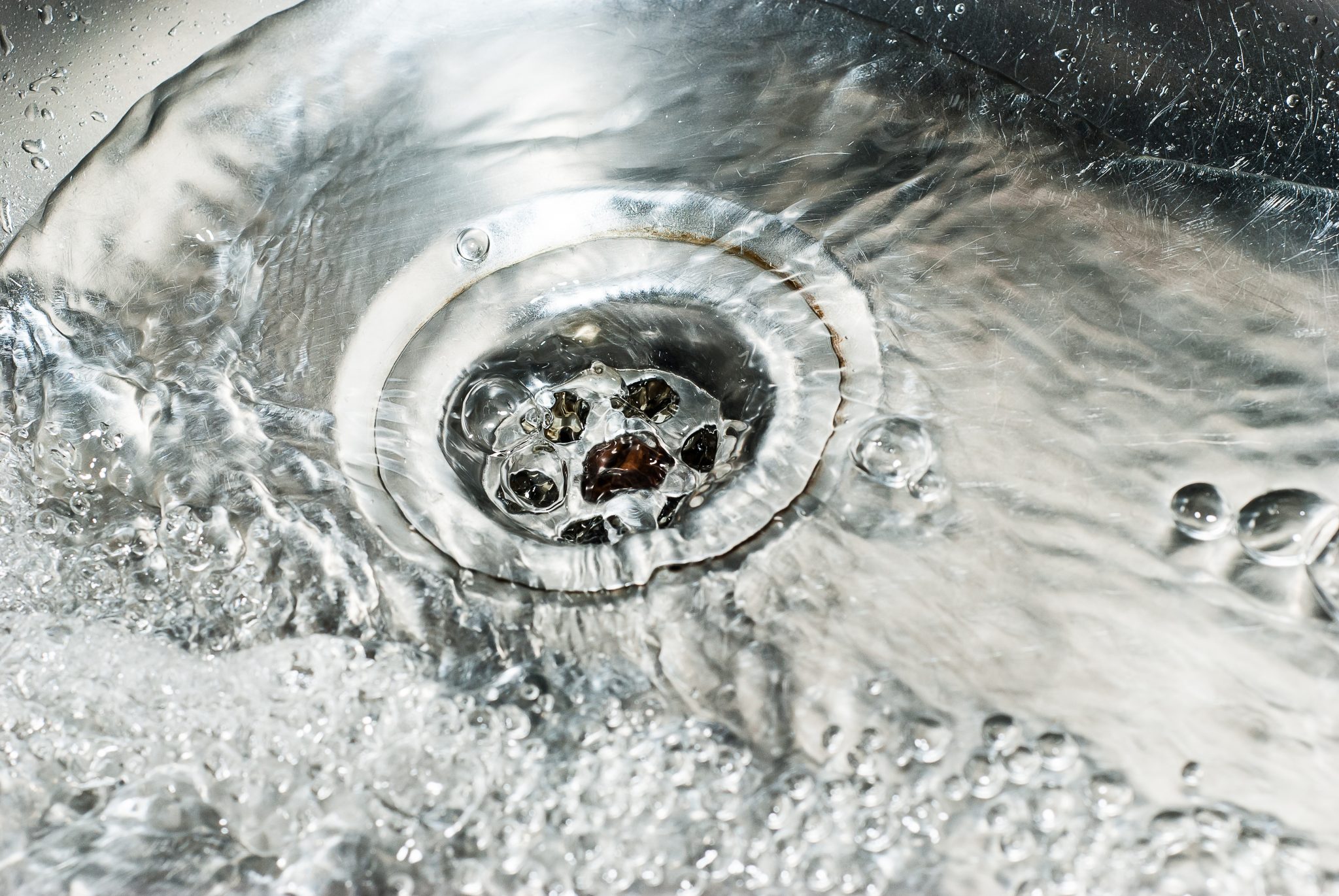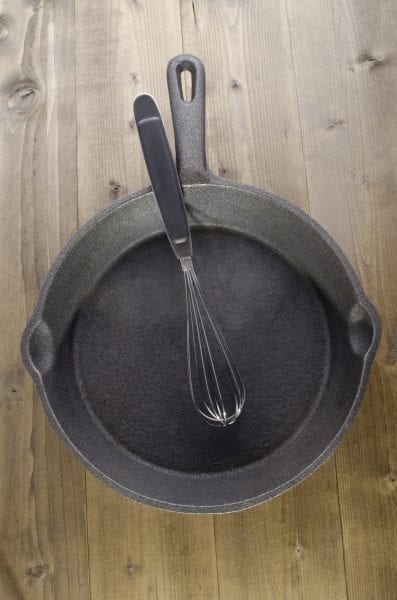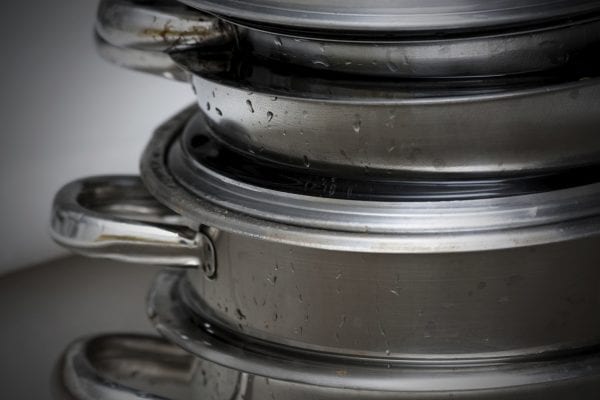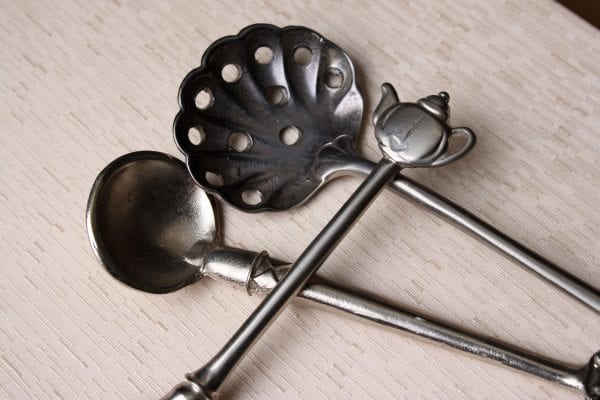Emergency Handbook

Cleaning and Sterilizing Dishes and Cooking Utensils
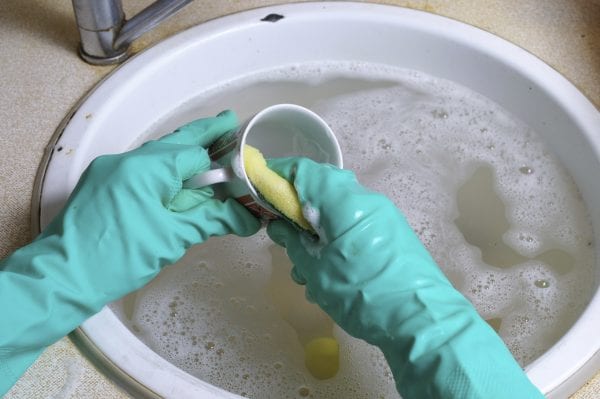
Before using any dishes, pots, pans, or cooking utensils that were in contact with floodwater, wash and sterilize them.
- Any piece of equipment that can be taken apart should be cleaned in pieces. Remove plastic and wooden handles from frying pans and saucepans. Clean parts separately.
- Wash dishes, pots, pans, and utensils in hot, sudsy water. Use a brush, if necessary, to remove dirt.
- After brushing in sudsy water, rinse in clear water. Place dishes in a wire basket or other container and dip them in a sanitizing solution. Use a solution recommended by local health authorities or use 1 cup chlorine bleach to 1 gallon of water plus nonphosphate detergent for cleaning and disinfecting. Never mix bleach and ammonia. Throw away any unused bleach solution. Bleach may damage wood and some metallic surfaces and is less effective on porous surfaces, such as unpainted wood. Clean these materials with a nonphosphate detergent. (One example is Savogran® TSP-PF.) Do not use detergents with trisodium phosphate (TSP).
- Air-dry dishes. Do not dry them with a dishcloth. If cupboards and food preparation surfaces were in contact with floodwater, clean and rinse them with a chlorine bleach solution before storing dishes and utensils.
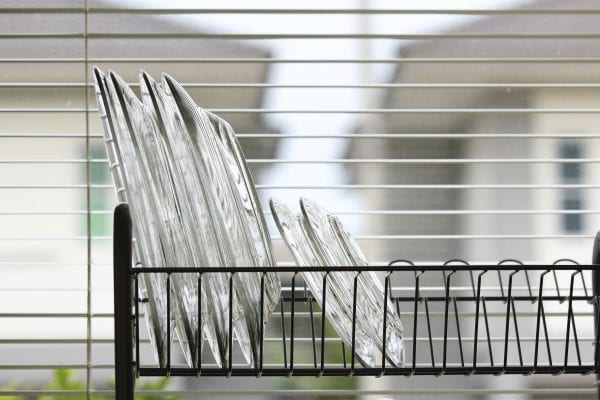
Cleaning Household Metals
Rust causes the most damage to flooded household metals, especially iron. Use the following treatments to control rusting.
Iron Pots, Pans, and Utensils
- Wash with soap and water, using a stiff brush and scouring powder.
- If rust remains, wipe with an oil-saturated cloth or use a commercial rust remover.
- Remove rust from kitchen utensils by scouring with steel wool.
- Wash in hot, sudsy water, rinse, and dry thoroughly.
- Season iron pans and utensils with a generous amount of unsalted cooking oil. Heat in a 250° F oven for 2 to 4 hours. This will let oil soak into pores of metal. As it heats, apply more oil as needed. When seasoning is completed, wipe off the excess oil.
Hardware
- Coat iron hardware with petroleum jelly or machine oil to prevent further rusting.
- Use stove polish on the stove or similar ironwork.
Locks and Hinges
- Locks and hinges, especially iron ones, should be taken apart, wiped with an appropriate cleaner, and oiled. Follow the same procedure as for iron hardware.
- If you can’t remove locks or hinges, squirt a little machine oil into the bolt openings or keyhole. Work the knobs to distribute the oil. This helps prevent rusting of the springs and metal casing. Do not use too much oil; it may drip on the woodwork, making painting difficult.
Stainless Steel, Nickel-Copper Alloy, Nickel, or Chrome-Plated Metals
- Wash thoroughly and polish with a fine-powdered cleanser.
- If furniture plating or hardware is broken so that the base metal is exposed and rusted, wipe with an appropriate cleaner, and then wash and dry with surface. Wax to prevent further rusting.
Aluminum Pans and Utensils
- Wash thoroughly with hot, sudsy water. Scour any unpolished surfaces, such as the insides of pans, with soapy steel wool pads. Rub in one direction only.
- Polish plated aluminum surfaces with a fine cleansing powder or silver polish. Do not scour.
- Sterilize in a chlorine bleach solution.
- To remove dark stains caused by alkaline foods, fill pan with water. Add 1 tablespoon vinegar or 2 teaspoons cream of tartar for each quart of water. Boil for 10 to 15 minutes, and scour with a steel wool pad and soap. Rinse and dry.
Copper and Brass
- Polish with a special polish, or rub with cloth soaked with vinegar or with a piece of salted lemon.
- Always wash copper thoroughly with sudsy water after using acids or commercial polishes, or they will tarnish again rapidly.
- Wash lacquered ornamental copper in warm, sudsy water. Rinse with warm water, and wipe dry. Do not polish. Do not soak.
Pewter
- Wash thoroughly with hot, sudsy water, rinse, and dry. Use a soft toothbrush to get into crevices.
- Rub on silver polish (paste or liquid, not the dip type) with a soft cloth. Use a soft toothbrush to get into crevices.
- Rinse in hot, sudsy water and dry.
- Check for small holes, cracked joints, and dents. If the pewter needs mending and is a prized piece, let a professional fix it.
- You can mend small holes by cleaning the metal inside the pewter object with steel wool, then filling with pewter epoxy mender. Follow instructions on the label carefully.
- Replace felt or other protection materials that have separated from household decorative accessories such as bookends, ashtrays, and candleholders. You can buy felt or protective materials in fabric stores. Cut it to match the damaged ones, and glue the new ones in place with rubber cement.
Used by permission of the Mississippi State University Extension Service.
Use pesticides only according to the directions on the label. Follow all directions, precautions, and restrictions that are listed. Do not use pesticides on plants that are not listed on the label. Trade and brand names used are given for information purposes only. No guarantee, endorsement, or discrimination among comparable products is intended or implied by the Alabama Cooperative Extension System. This publication is for information purposes only and should not be a substitute for recommendations or treatment by a health care provider.

